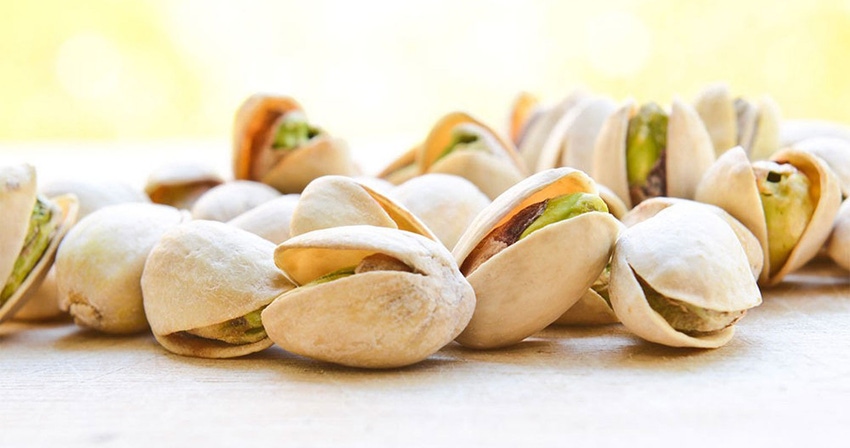
Published statistics are overwhelmingly convincing that pistachio production in California is on the rise and headed even higher.
Growers and processors create a $5.2 billion impact on the Golden State’s economy, representing more than 47,000 jobs with workers spread out over more than 485,000 planted acres.
In an economic impact study commissioned by American Pistachio Growers, researcher Dennis Tootelian noted that growers and processors spend an average of $7.7 million a day creating the equivalent of $10,000 per minute in economic clout based on 2020 industry figures.
California is the dominant force in American pistachio production responsible for 99% of the nation’s supply and growing larger. The study found that over the last five years, new plantings are going crazy; some 173,500 new acres were added between 2015-2020, representing an increase of 56 percent and a $1.9 billion bump in the state’s economy.
“The real wow factor here is this huge jump in acreage which equates to a grower investment of nearly $11,000 an acre,” Tootelian reported while emphasizing that the economic output off the pistachio industry permeated nearly every other economic sector in the state.
Not bad for an industry still considered by some to be fledgling. While the first California pistachios were believed to have been planted in Sonoma in 1881, it took a long time for them to become established.
Two land, air and water resource specialists at the University of California, Davis, write that, “the 1908 edition of the California Fruits manual noted: ‘The pistachio needs more time to declare its California career.’ Even though the Central Valley offers ideal growing conditions, the nut remains a marginal crop.”
Once established, and especially so after experimental plantings of the Kerman variety brought back from Iran, acreage and yield numbers continue to increase.
What do early predictions of a 2021 crop look like? Jim Zion’s Meridian Growers Market Update in mid-July reports: “Too early for us to determine crop size and quality until sometime in late August.” He does cite some positives. “Shipments of pistachios to consumers around the world continue to increase as does a specific need for closed shell to be cracked for kernels. Once nut fill is complete, we will have a better sense of crop size for the year.”
Optimistic outlook
Richard Matoian, Executive Director of American Pistachio Growers, ventures a qualified positive for what is expected to be an off-year for the industry following a record crop in 2020 of just over a billion pounds.
“We’re hearing from processors we should expect a range of somewhere between 880 up to about 940 million pounds, a number than can go in radically different ways based on any number of factors, primarily the drought and our Western water situation,” Matoian said.
“As we speak, we’re in our fill period when nuts fill up with a viable kernel — or for a number of reasons may not fill up at all — so lack of water is a concern in the July fill period. Smaller-sized nuts are what everyone is expecting this year which will mean less overall weight and that translates to a lighter crop than initially expected.”
Harvest is expected a bit earlier than usual this year. “With the new varieties like Golden Hills and Lost Hills, hull split tends to come a bit earlier, probably somewhere in the second week of August,” he said.
That’s the short-range outlook. Long-range projections prove a bit more optimistic. “There are more acres coming into production, although if the drought continues, it will have the real effect of reducing per-acre yield and therefore, total crop. There are a lot of unknowns that could impact production, sales, and movement of pistachios.”
One of those unknowns involves the ultimate outcome in Iran where a devastating frost earlier this season wiped out anywhere between 25 and 90 percent, leaving little crop to sell.
“I remain positive,” said Matoian, who has seen wholesale prices since the beginning of the year move up somewhere between 25 and 30 cents a pound.
Read more about:
PistachiosAbout the Author(s)
You May Also Like




